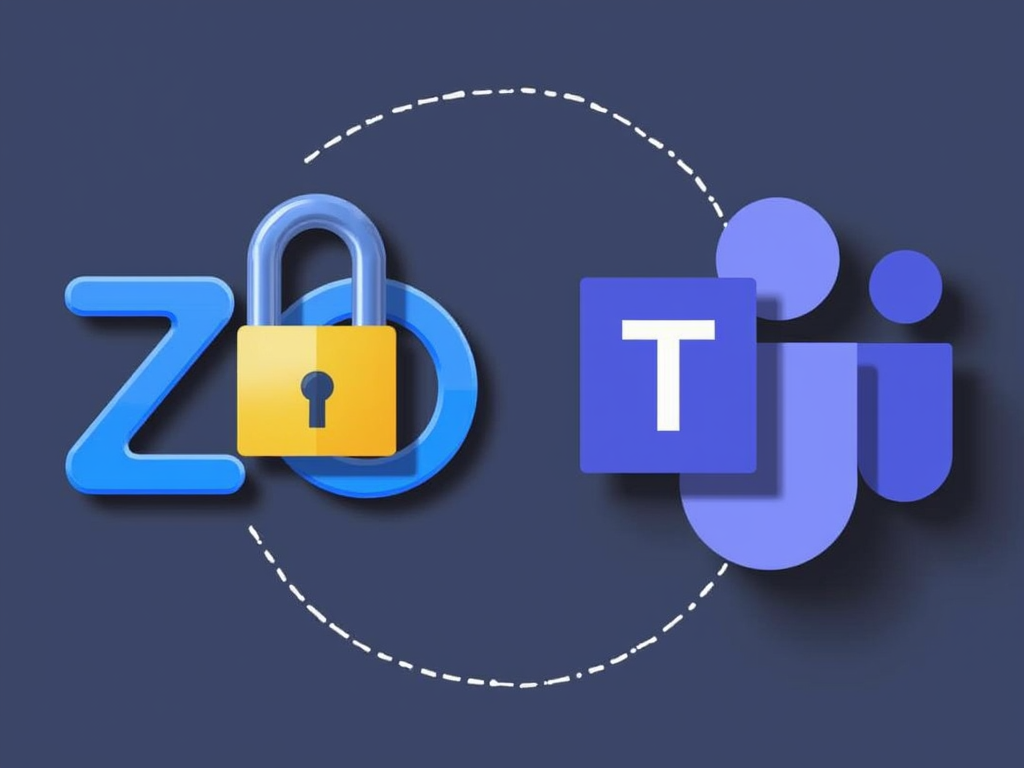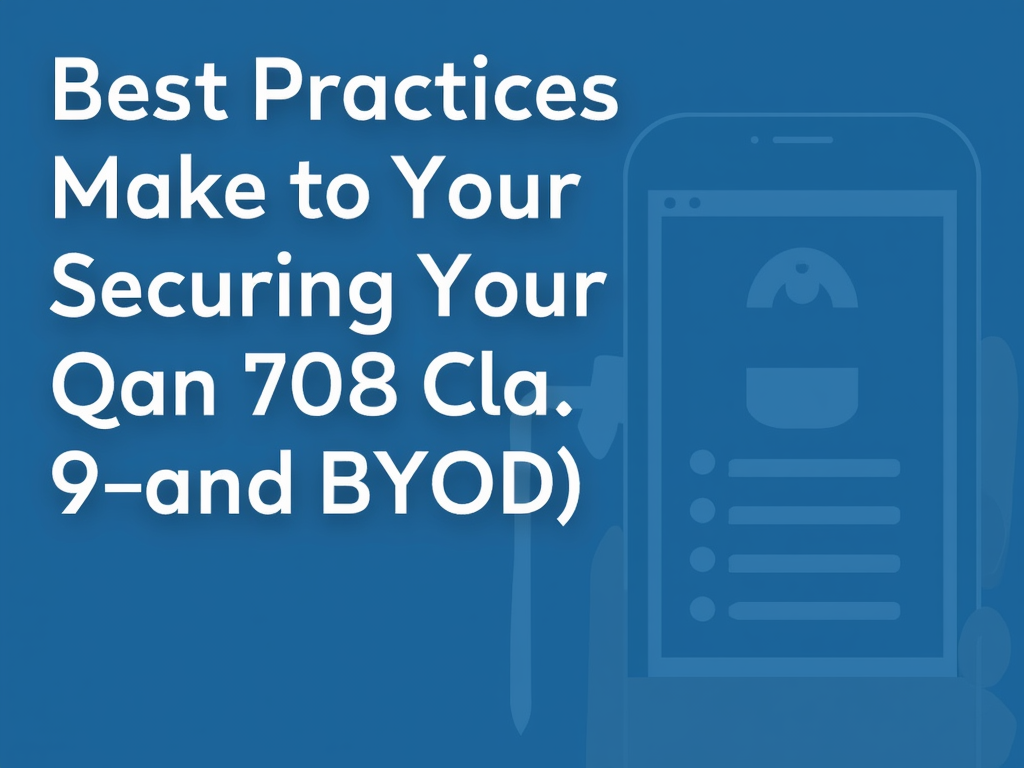Securing Remote Collaboration Platforms: A Guide for Zoom, Teams, and More
With the rise of remote work, collaboration platforms like Zoom and Microsoft Teams have become essential tools for teams to stay connected and productive. However, these platforms also present new security challenges that can put your organization’s data at risk. In this article, we’ll dive into the best practices for securing remote collaboration platforms, including Zoom and Teams.
Understand Your Platform
Before we dive into the specifics of securing Zoom and Teams, it’s essential to understand the unique characteristics of each platform. Here are some key differences:
Zoom
- Zoom is a video conferencing platform primarily used for virtual meetings and screen sharing.
- It supports up to 1,000 participants per meeting, making it an ideal solution for large-scale online events.
- Zoom offers end-to-end encryption (E2EE) and uses Transport Layer Security (TLS) to secure data in transit.
Microsoft Teams
- Microsoft Teams is a communication and collaboration platform that integrates with Office 365.
- It offers chat, video meetings, file sharing, and integration with other Microsoft apps like Outlook and SharePoint.
- Teams uses TLS for encrypting data in transit and supports E2EE for some features, such as one-on-one chats.
Security Best Practices
Now that we’ve covered the basics of each platform, let’s dive into the security best practices you should follow to secure your remote collaboration platforms:
Authentication and Authorization
- Use strong authentication methods like multi-factor authentication (MFA) to ensure only authorized users can join meetings or access team channels.
- Configure role-based access control (RBAC) to limit user privileges and prevent unauthorized access.
Data Encryption
- Always use end-to-end encryption (E2EE) when sharing sensitive information, such as financial data or confidential discussions.
- Make sure your platform of choice offers E2EE capabilities for all features, not just chat or video meetings.
Meeting Controls
- Set meeting passwords to prevent unauthorized access.
- Use waiting rooms and virtual lobbies to control the flow of attendees before admitting them to a meeting.
- Limit screen sharing and file transfer to authorized participants only.
Network Segmentation
- Isolate your collaboration platform’s network traffic from your organization’s main network using VLANs or separate subnets.
- Implement firewalls and intrusion detection systems (IDS) to monitor and block suspicious traffic.
Regular Updates and Patching
- Regularly update your collaboration platform software, plugins, and add-ons to ensure you have the latest security patches.
- Configure automatic updates for all components of your platform, if possible.
Monitoring and Incident Response
- Set up monitoring tools to detect and respond to potential security incidents in real-time.
- Develop an incident response plan that outlines procedures for responding to security breaches or data leaks.
Additional Tips
Use Third-Party Integrations Wisely
- Be cautious when integrating third-party apps with your collaboration platform, as they may introduce new security risks.
- Ensure any integrated app has a strong track record of security and compliance with relevant regulations.
Implement Data Backup and Recovery
- Regularly back up critical data stored on your collaboration platform to prevent data loss in case of a disaster or ransomware attack.
- Develop a data recovery plan that outlines procedures for restoring backed-up data in the event of a breach or system failure.
Conclusion
Securing remote collaboration platforms like Zoom and Microsoft Teams requires a proactive approach that incorporates best practices, regular updates, and monitoring. By following these guidelines, you can minimize the risk of data breaches and ensure your organization’s sensitive information remains protected. Remember to stay vigilant and adapt your security strategy as new threats and vulnerabilities emerge.
References
- Zoom Security Overview: https://support.zoom.us/hc/en-us/articles/204587161-Security-Overview
- Microsoft Teams Security: https://docs.microsoft.com/en-us/microsoftteams/security
Categories: Cybersecurity, Remote Work, Collaboration Platforms



